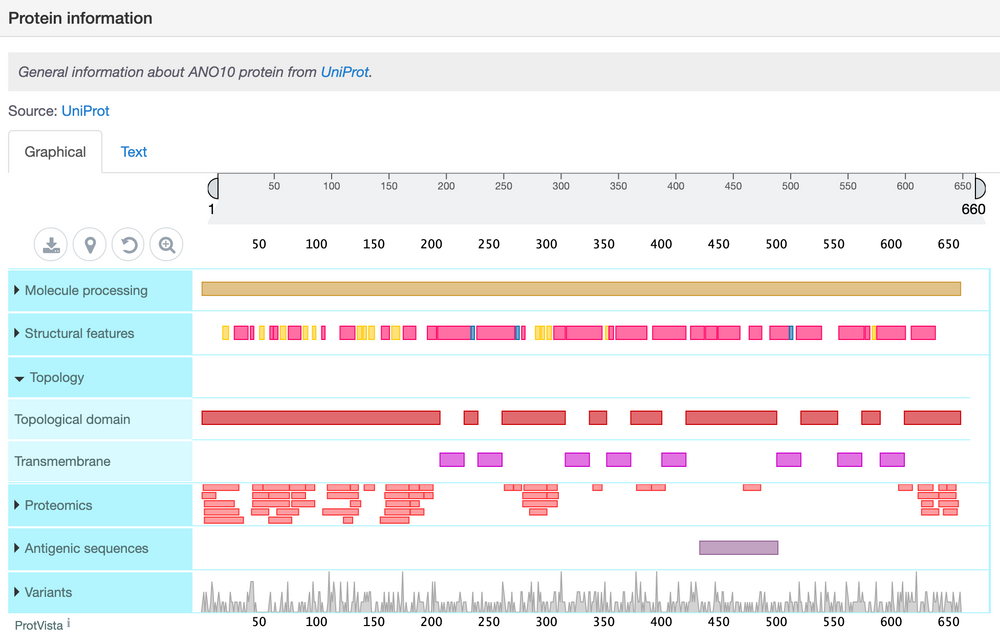
- #Targets platform audiophiles 24bit qobuz streaming for free#
- #Targets platform audiophiles 24bit qobuz streaming 320kbps#
#Targets platform audiophiles 24bit qobuz streaming for free#
The hundreds of thousands of listeners discovering new music for free on Spotify could conceivably dwindle significantly if they have to pay for the service, and there’s a strong possibility Tidal will become a mainstream music streaming service, leaving the little guys out in the cold. For all the laudable talk of better royalties through Tidal, the public is not a ‘music buying public’ as much as it used to be and will find free ways of getting music, be that Spotify or YouTube.


Tidal’s target audience have already largely moved away from iTunes pay model to such an extent that Apple is expected to launch its rival Beats streaming service mid-year.

This is a bold attempt for artists to try to make their life’s work have more than just artistic value again, and in terms of making good music sound good, Tidal achieves the goal perfectly. But this piece is not about the sound quality, because I’m not wholly convinced that’s enough anymore, and that is somewhat saddening. It’s certainly good enough for some listeners to have concluded Tidal spells the end of 30 years of CD buying. And the quality of the HiFi service is good, well in line with the CD version of the same album ripped to Apple Lossless on iTunes. These services also include high-quality music videos, curated music content (I think in the old days, ‘curators’ used to be called ‘DJs’…), and potentially more as the service ‘scales’.Īs it currently stands, the pay models mean all the iTunes quality music you can eat for the cost of one and a bit iTunes purchases a month, or CD quality streaming for about the cost of one and a half full-price CDs. Mobile users can also set the service to ‘standard quality’ streaming at 96kbps AAC+, making music deliver easier when on the road.
#Targets platform audiophiles 24bit qobuz streaming 320kbps#
The $9.99/£9.99/9.99€ ‘Premium’ package offers music up to AAC 320kbps sound quality (in other words, akin to the sound offered by Apple’s iTunes service) while the $19.99/£19.99/19.99€ HiFi service delivers the same content in CD-equivalent lossless FLAC (1411kbps, at 16bit, 44.1kHz resolution). This is entirely understandable.įrom the listener’s perspective, Tidal has 25 million tracks in a variety of musical genre on offer, in a two-tier service. With artists like Taylor Swift (not one of the co-owners of Tidal) pulling her music from Spotify last year, and acts like AC/DC, the Black Keys and Thom Yorke of Radiohead refusing to stream on the service, musicians are actively trying to boost revenue from royalties across the musical world. Additionally, the 16 co-owners of Tidal each own around three per cent of the business.

This revaluation of the music world comes by charging a two-tier subscription service, and passing a better cut of that subscription revenue on to the musicians themselves. Tidal’s new head honcho summed the situation up perfectly in a recent interview with Billboard magazine, “People really feel like music is free, but will pay $6 for water”. The idea behind the service (from the musician’s perspective) is to claw back music’s value in the minds of the public, as opposed to free, advertising-supported services such as Spotify. On March 30 th, Jay Z, along with a consortium of 16 musician ‘owners of Tidal’ (including Beyoncé, Calvin Harris, Alicia Keys, Madonna, Coldplay’s Chris Martin, Kanye West, Jack White and Usher), very publically relaunched the service as “the first artist-owned global and music entertainment platform.” Last month, Aspiro, parent company of high-resolution streaming service Tidal (and Tidal’s Scandinavian precursor, WiMP) was bought lock, stock, and two smoking channels for $56m by Project Panther Ltd, itself owned by rapper Shawn ‘Jay Z’ Carter. In one of the most public displays of the music business setting itself straight, Tidal’s recent announcement was part showbiz glitz, part hard-nosed business.


 0 kommentar(er)
0 kommentar(er)
